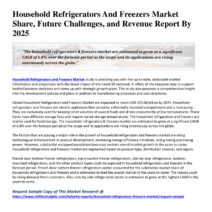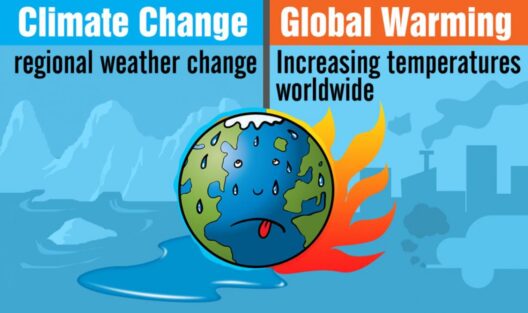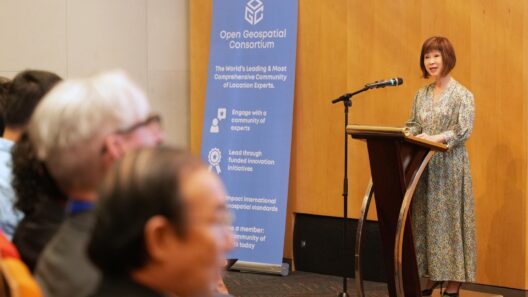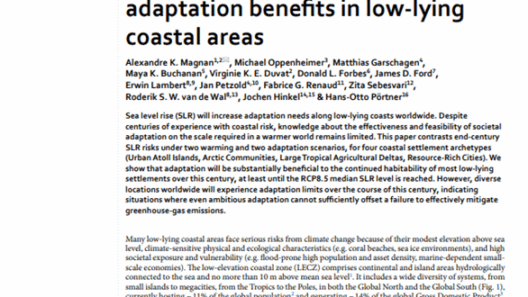As the specter of climate change looms ever larger, one of its most insidious manifestations is the gradual but relentless rise of sea levels. This phenomenon, driven predominantly by the melting of polar ice caps and the thermal expansion of seawater, carries profound implications for both humans and ecosystems. While researchers fluctuate on exact predictions, the consensus underscores an imminent reality: rising sea levels pose a myriad of risks that threaten our habitats, economies, and the very fabric of biodiversity.
It is imperative to examine the consequences of this environmental crisis through various lenses—social, economic, and ecological—and to reflect on the way forward. In doing so, we shift our perspective, paving the way for informed discourse and proactive measures that can mitigate these challenges.
The Charming But Treacherous Coastal Communities
Coastal areas are often celebrated for their breathtaking scenery and vibrant cultures, drawing millions of tourists and residents alike. However, these regions are uniquely vulnerable to the threats posed by rising sea levels. Homes built along shorelines may become inundated, forcing relocation and creating what scholars refer to as “climate refugees.” Low-lying urban areas, such as Miami and New Orleans, are already experiencing chronic flooding, jeopardizing infrastructure and public services.
As storm surges become more frequent and severe, the danger escalates. The saltwater intrusion into freshwater supplies is not merely an inconvenience; it is a grave threat to drinking water and agriculture, demanding a shift in resource management. The displacement of communities can lead to social fragmentation, as individuals are uprooted from their support systems and cultural identities. This human cost, often overlooked in scientific assessments, necessitates a more holistic approach to understanding the ramifications of rising sea levels.
The Economic Downturn: A Tidal Wave of Costs
Financial repercussions of rising sea levels extend far beyond the immediate costs of property damage and infrastructure repairs. The economic fabric of coastal regions is intricately woven with industries such as tourism, fishing, and shipping. As the ocean encroaches, these sectors face existential threats. For instance, in the tourism sector, declining accessibility to beaches and other attractions can result in decreased visitor numbers and dwindling revenues.
Insurance markets are beginning to reflect these realities; premiums for coastal properties are rising, and coverage may even become unavailable in high-risk areas. Local governments may find themselves grappling with severe budget constraints as they allocate dwindling resources to combat flooding and install protective measures. Long-term planning becomes crucial, with communities needing to account for the potential costs of retreat and adaptation strategies.
Green Infrastructure: A Sustainable Solution?
A hopeful shift in perspective emerges when ecological resilience is considered in the fight against rising sea levels. Green infrastructure—such as wetlands restoration, mangroves planting, and the development of living shorelines—offers not only defense against flooding but also enhances ecological health. These natural barriers can absorb storm surges and mitigate coastal erosion, reducing the need for expensive man-made solutions.
Moreover, the revitalization of coastal ecosystems can foster biodiversity, creating habitats for myriad species that are themselves threatened by climate change. Initiatives aimed at restoring these natural environments could offer synergistic benefits: improved air and water quality, enhanced recreational spaces, and potential avenues for eco-tourism. The interplay between human activity and natural systems must become a focal point of coastal planning.
Adapting to Change: A Call for Action
The pathway forward requires not only action but also collaboration and innovation. Governments, non-profit organizations, and citizens must engage in dialogues to formulate comprehensive strategies that address both immediate and long-term threats of rising sea levels. Education plays a critical role; communities need to be informed about the risks and equipped with knowledge about sustainable practices.
Investment in science and technology is equally vital. Advancements in monitoring and modeling climate patterns can inform predictive methodologies, enabling proactive measures instead of reactive responses. Innovations in construction techniques and materials can fortify coastal infrastructures against the encroaching seas, ensuring that our coastal cities not only survive but thrive.
As we delve deeper into the complex narrative of rising sea levels, it becomes evident that our approach must encompass a range of perspectives—social, economic, ecological, and technological. This multifaceted lens offers a rich tapestry of solutions and adaptations as we confront this daunting challenge. In reconsidering our relationship with the planet, we can transform fear into action, ignorance into knowledge, and vulnerability into resilience.
Ultimately, raising awareness and fostering a sense of stewardship is paramount. The ocean’s rise is a clarion call, urging us to align our priorities and redefine our legacies. The shorelines that we cherish are not merely boundaries between land and sea; they are dynamic zones of interaction that hold the keys to our future. By acting decisively and compassionately, we can safeguard our communities, economies, and ecosystems from the relentless advance of the tide.








